AI & Sales Forecast Modeling
Our modeling module analyzes historical data (sales, prices, promotions, etc.) in real time to create forecasting models that identify trends, seasonal fluctuations, product launch effects and other factors that influence business performance.
The module makes it possible to estimate future demand for different products or product categories.

They trust us
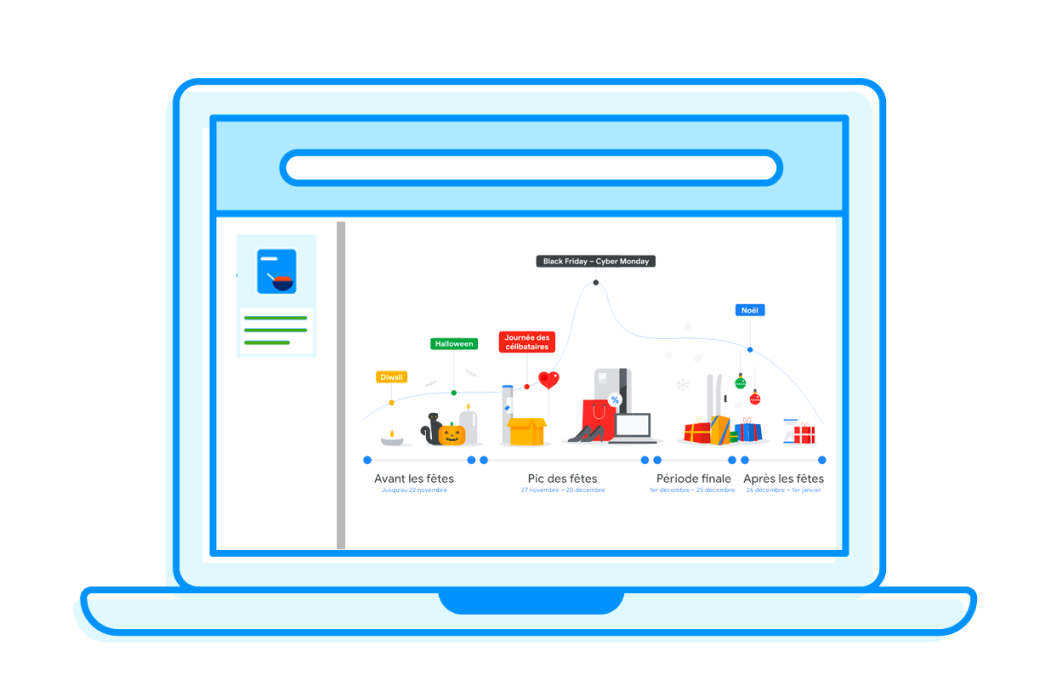
Trends and Patterns Analysis
The pricing forecasting and modeling module allows you to analyze trends and patterns in historical data, whether sales, prices, promotions, etc. It therefore allows detect seasonal variations, product launch effects. But also special events and other factors that may influence sales performance.
Demand Forecasting
Using historical data and forecast models, the module helps estimate future demand for different products or product categories. This helps you to anticipate fluctuations in demand and adjust stock levels. stock levels. But also to make informed pricing decisions to maximize their sales.
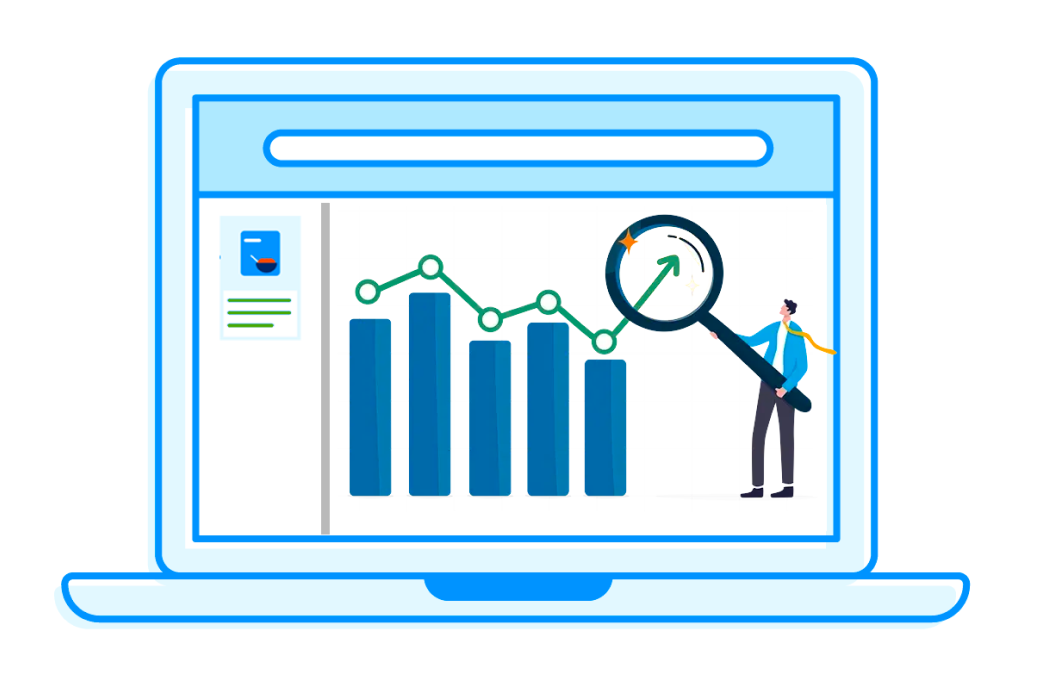
*6 months after deployment in 45 stores.
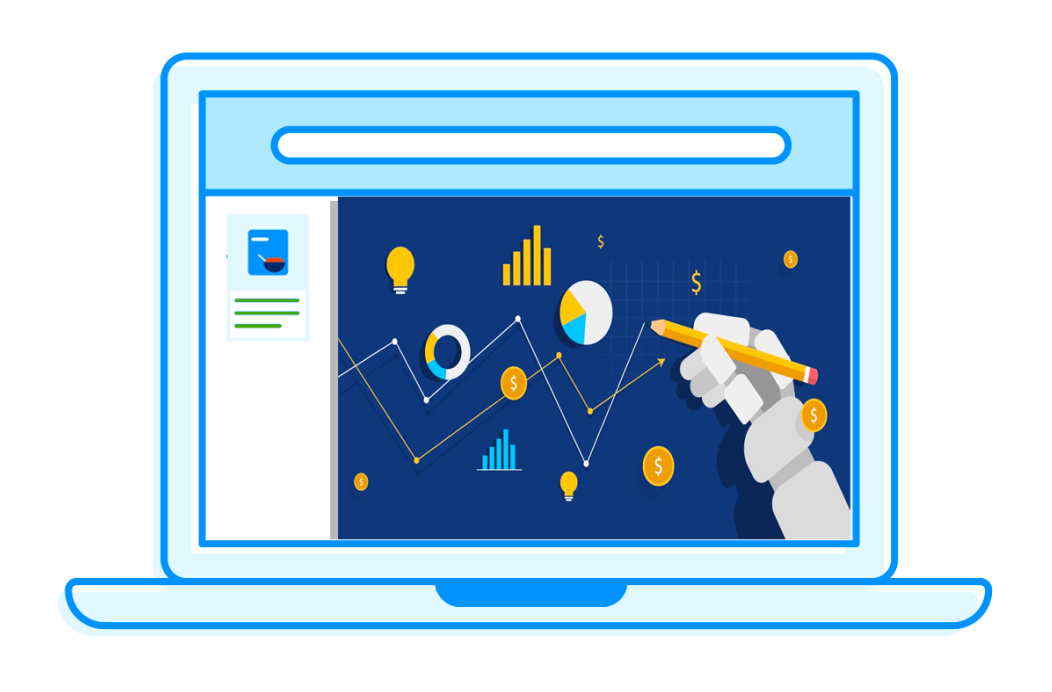
Automatic selection of the best statistical model
The pricing forecasting and modeling module automatically identifies the best statistical model to apply based on your data. Additionally, the module takes into account criteria such as history duration (generally 3 years are required for optimal accuracy), seasonality detection and trend detection. This therefore ensures that the selected model is the most suitable for forecasting future sales.
8 implemented statistical models
The sales forecasting module offers a range of 8 predefined statistical models. These models include methods such as linear regression, time series, Holt-Winters, ARIMA models and more. Each model has its own advantages and adaptability to different types of data. So users can choose the model that best suits their specific needs.
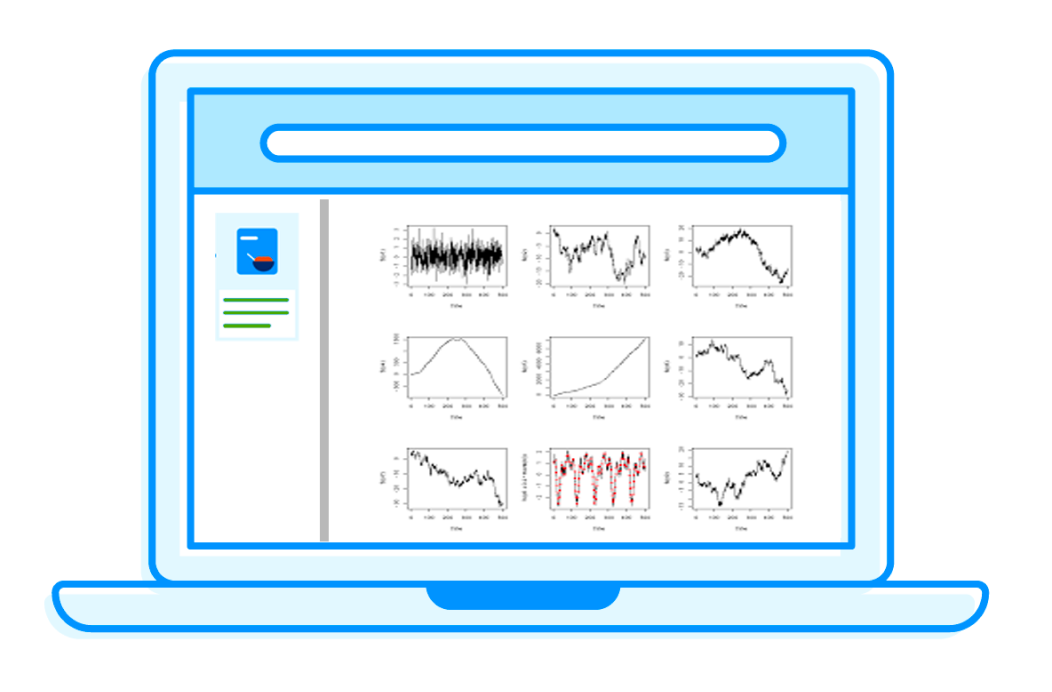
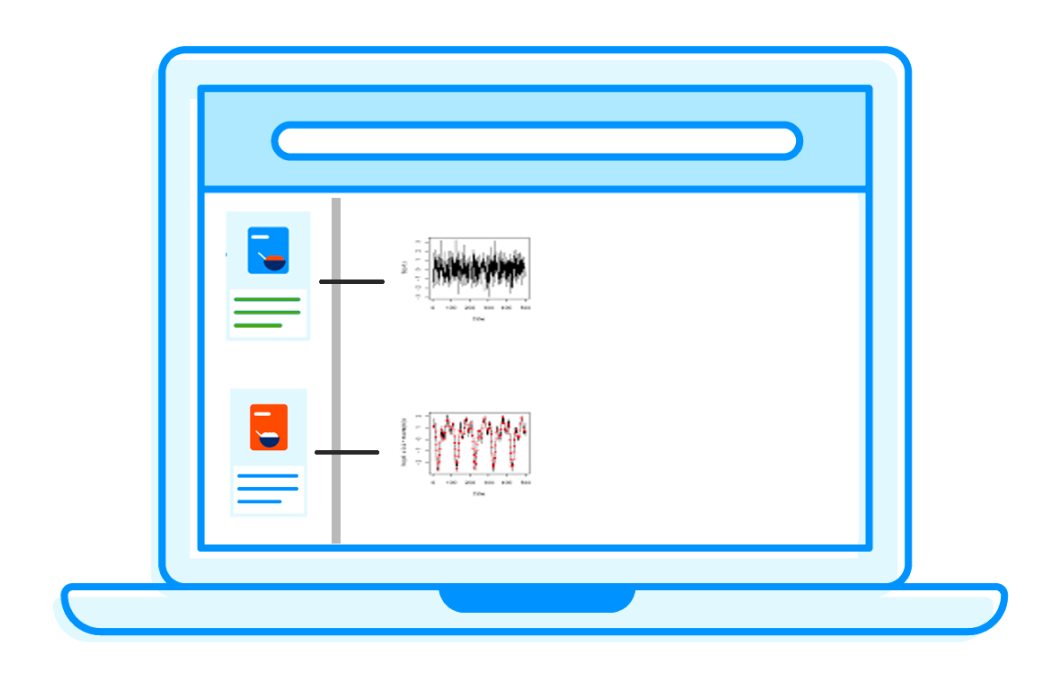
Application of the optimal model for product-store analysis
Once the optimal statistical model has been identified, the module applies it to the product-store concerned. It takes into account the specific characteristics of each product and each store to obtain accurate forecasts. This allows forecasts and pricing models to be adjusted to the specificities of each context, improving the relevance of results.
Other parameters may include adjustments for seasonality, trends, seasonal variations, etc. This feature makes it possible to customize forecasts according to the unique characteristics of each product-store, improving forecasting accuracy.
Simulation of pricing scenarios
Simulate different pricing scenarios using predictive models and test the impact of different pricing strategies on your sales. But also on your profit margins and your competitive positioning. This enables you to make informed pricing decisions and optimize profitability.
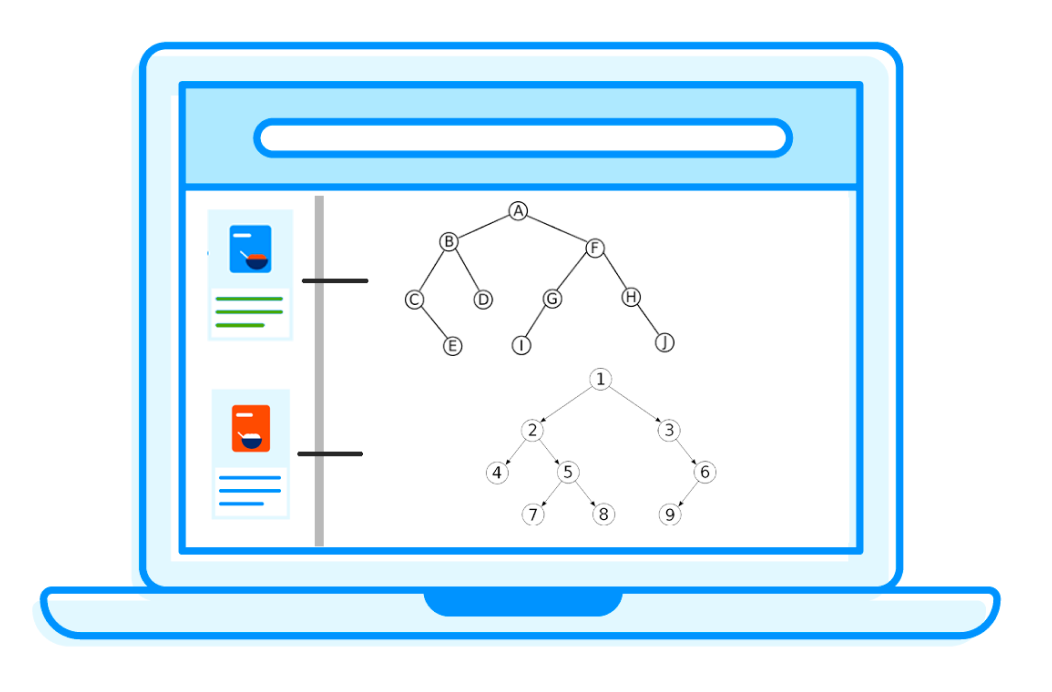
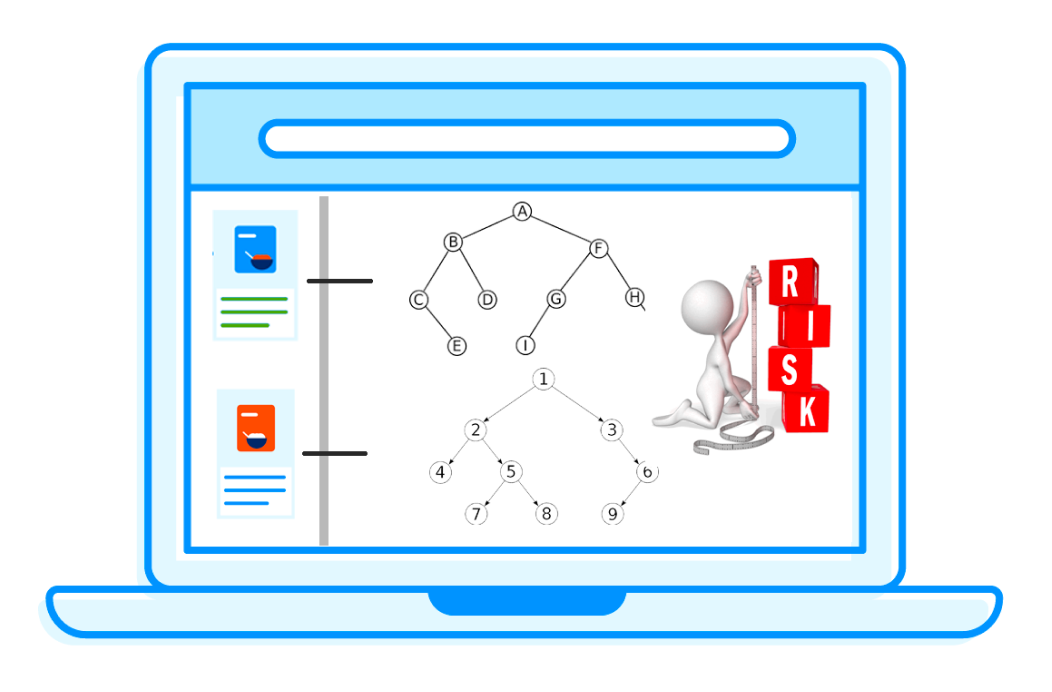
Identification of opportunities and risks
Thanks to data analysis and forecasts, the pricing modeling and forecasting module makes it possible to identify potential opportunities and risks linked to the pricing strategy. It can highlight products or product categories with high growth potential. As well as those that might require price adjustments to improve their performance.
AI-based models
Our solution offers models based on artificial intelligence to improve the accuracy of your pricing decisions. Additionally, these models use advanced algorithms to analyze historical data in real time, identifying patterns and trends that can influence optimal pricing.

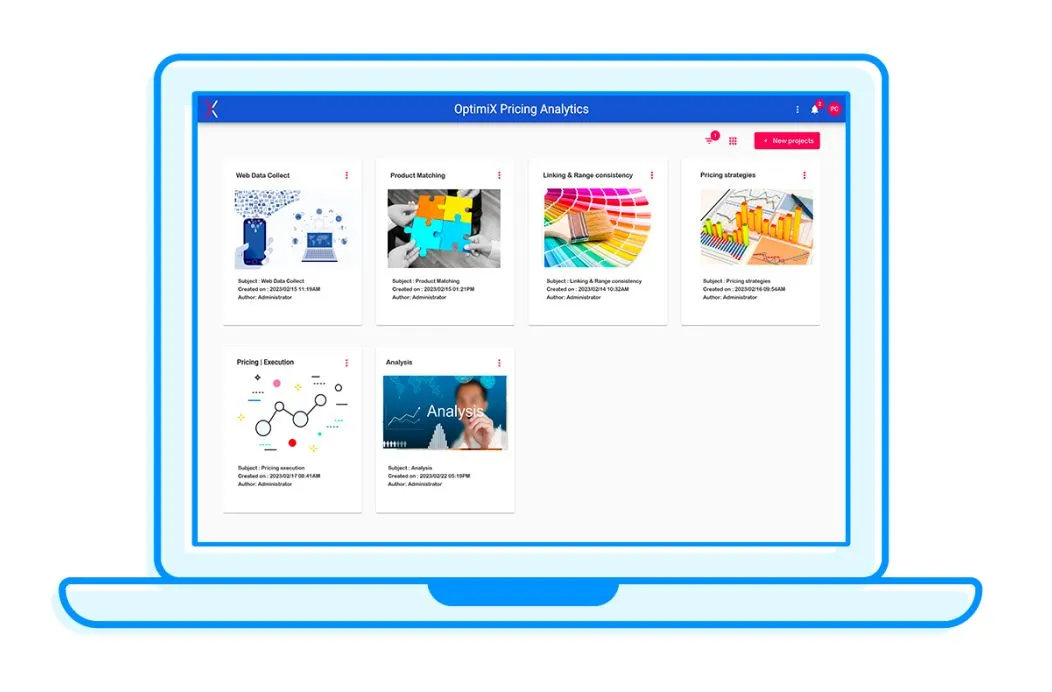
Configuration accessible to Data Analysts
We offerintuitive setup allowing Data Analysts to customize models based on the specific needs of your business and market. Adjust parameters, constraints and variables to create forecasting and pricing models tailored to your business strategy.
Iterative simulation and version traceability
So test different combinations of parameters and analyze the results to make informed decisions. Our version tracking system allows you to keep track of all changes made to pricing models.

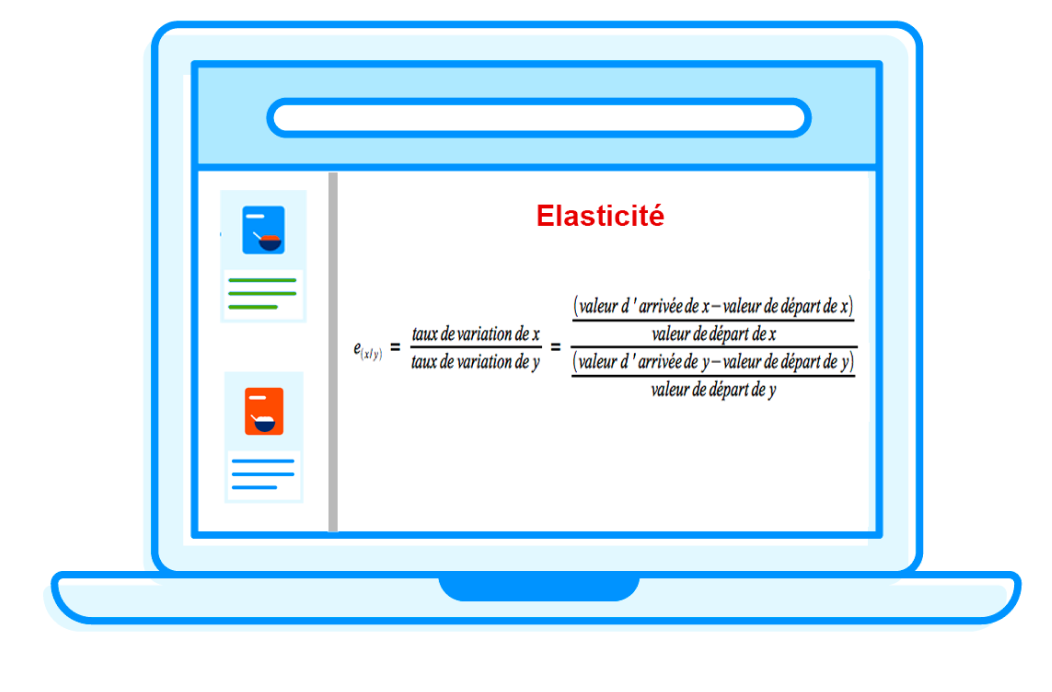
Price elasticity measurement and sales forecasting
Our solution includes built-in models to measure the price elasticity of demand, helping you to understand how price variations can influence sales volumes.
In addition, our forecasting system allows us to estimate future sales volumes based on planned prices.
- Consideration of all price variations and adjusted sales
- Normalization
- Development of linear regression models
- Determination of Elasticity Coefficients
- Management of new items and store openings
- Management of replaced/replacement products
- Reliability measurement(RMSE)
Analysis and prevention of cannibalization
We offer forecasting and pricing modeling models that analyze and prevent cannibalization between different types of brands.
So optimize your product assortment by avoiding pricing conflicts that could reduce your profit margins.
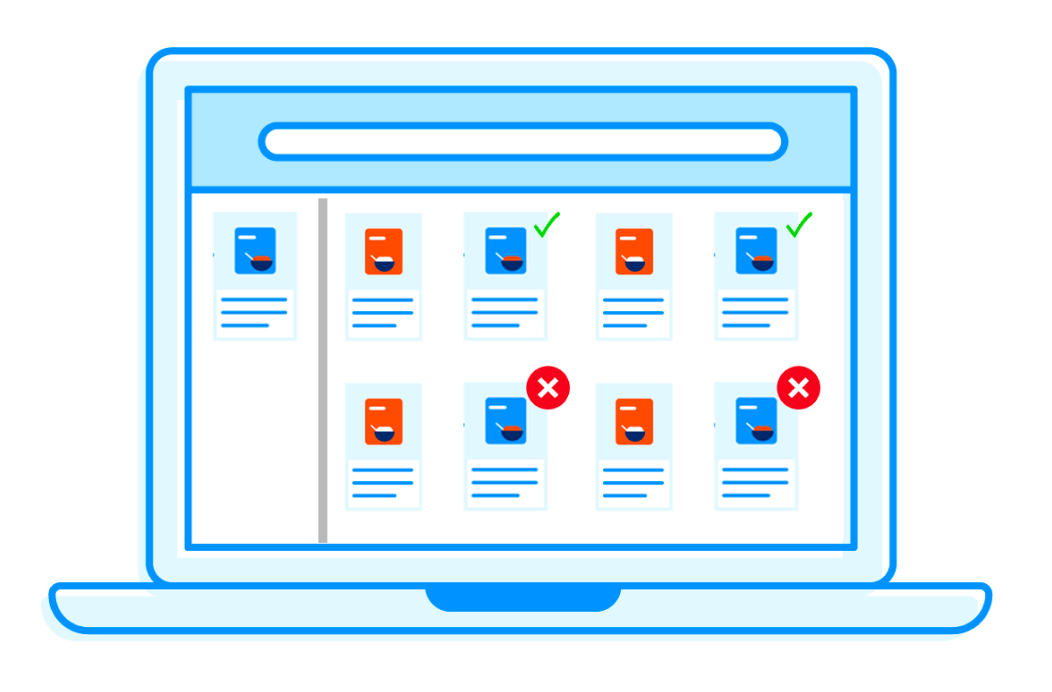
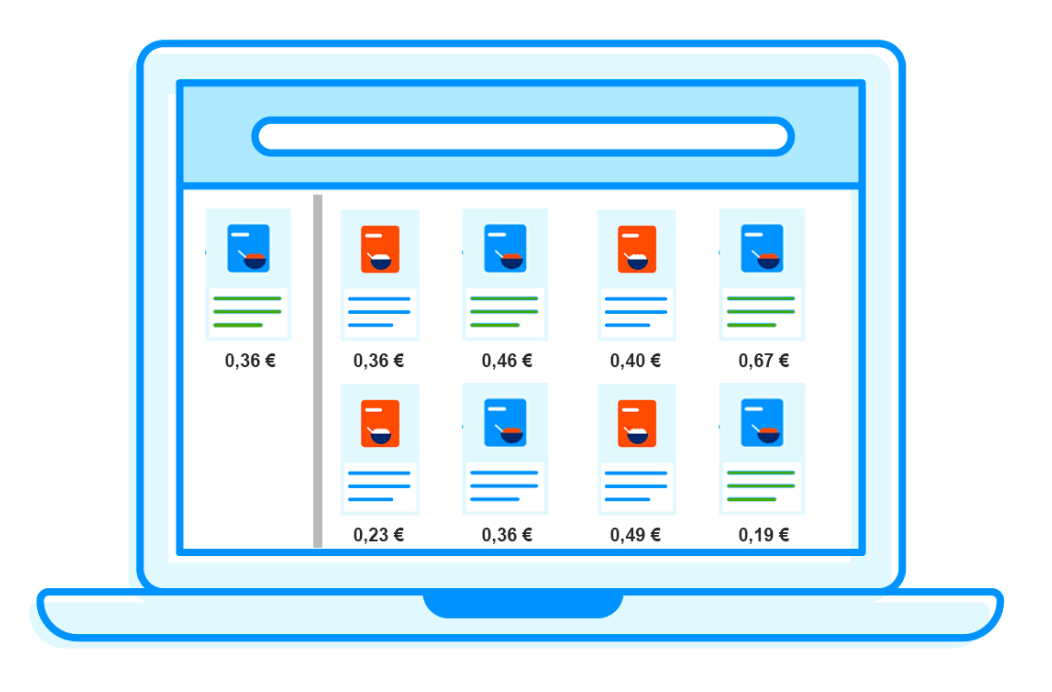
Automatic price determination
Our pricing forecasting and modeling solution uses constrained reasoning models to automatically determine optimal prices while taking into account various requirements such as target margins, profitability objectives and competitive constraints.
Estimation of the number of price ranking
Additionally, we provide models that estimate the optimal number of tariff ranks needed for each product category.
This allows you to effectively adjust your pricing strategy according to the specific characteristics of each category.
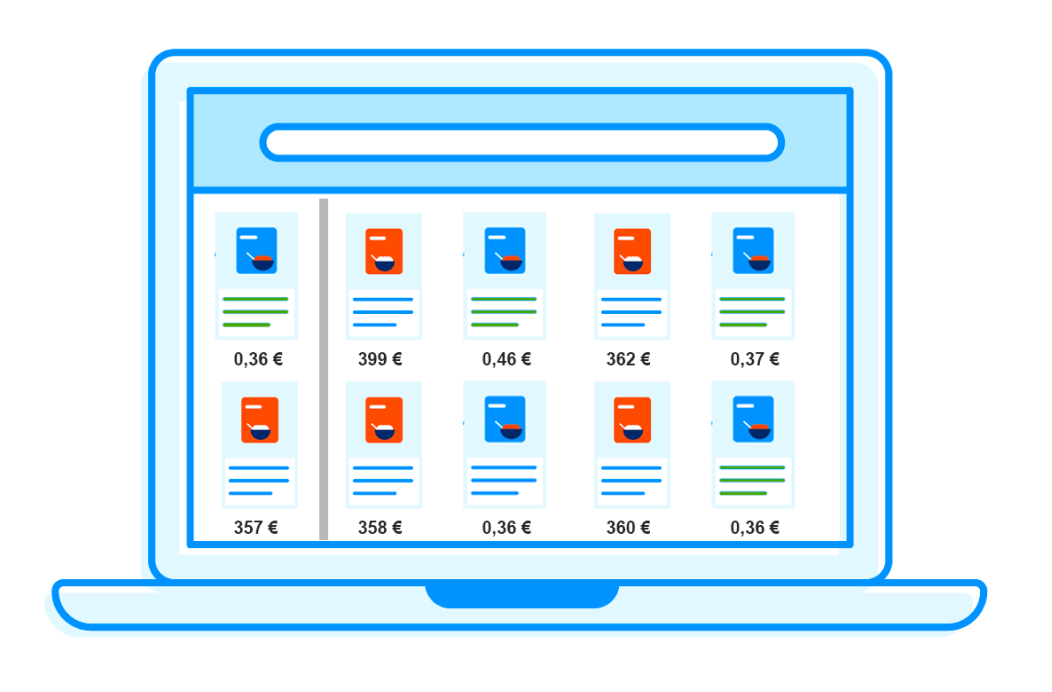
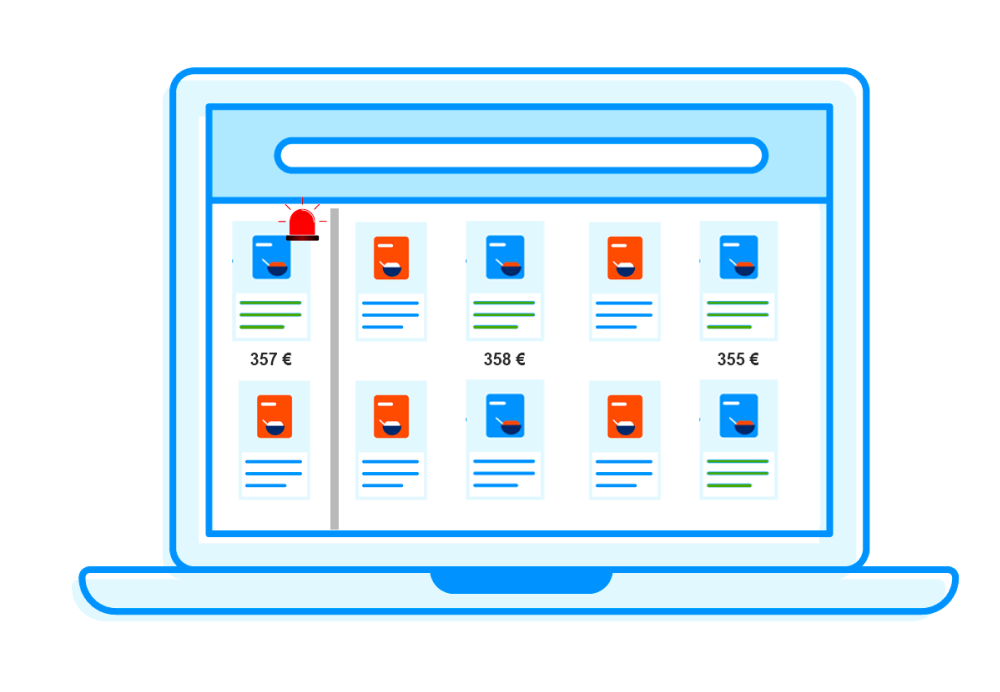
Price change
Finally, our solution uses optimization models to determine the optimal number of price changes.
This therefore helps you avoid excessive price changes, while allowing you to optimize your margins and competitiveness.
Customer testimonials
« Optimix XPA is a very interesting tool. It has already allowed me to identify and correct pricing anomalies shortly after taking over my new store in Nice. I have just discovered that I can automate the generation of my analysis projects. I can't wait to use it for my other local stores. »
« Optimix is a highly effective pricing tool that enables us to adapt our pricing to our competitive context and margin objectives. Optimix offers the option to work at the item, category, or even based on national top sales, either individually or simultaneously, as well as on private label products, national brands, and regional products. »
« With the Optimix XPA solution, Bureau Vallée reduced errors, optimized competitive analysis (BtoB/BtoC) and refined planogram preparation, thus gaining in productivity. In 9 months, the ROI was achieved: the business teams halved their alignment time, linking over 12,000 products in 3 minutes. A real performance driver for the retailer. »

« Optimix significantly improved our pricing management, enabling smoother operations and faster implementation without issues. The solution adapts to our evolving needs, thanks to continuous development and tailored functionalities. The implementation process was seamless, with exceptional support: rapid responses, quick issue resolution, and a deep understanding of business needs. Optimix has proven to be an invaluable partner in optimizing our processes. »

« Optimix XPA has transformed our pricing strategy thanks to precise analyses and enhanced responsiveness. Change management support was key, with effective team training for rapid adoption. The result: significant time savings on time-consuming tasks, enabling teams to concentrate on high value-added actions. »

Want to optimize your pricing strategy?
optimiX supports you from start to finish:
Price monitoring via in-store and/or online price surveys – Matching & Linking of your products with respect to range consistency – Unlimited creation of pricing rules – Elasticity & AI calculations – Sales simulations & Dashboards – Change management
Unlimited creation of pricing rules – Elasticity & AI calculations – Sales simulations & Dashboards – Change management
